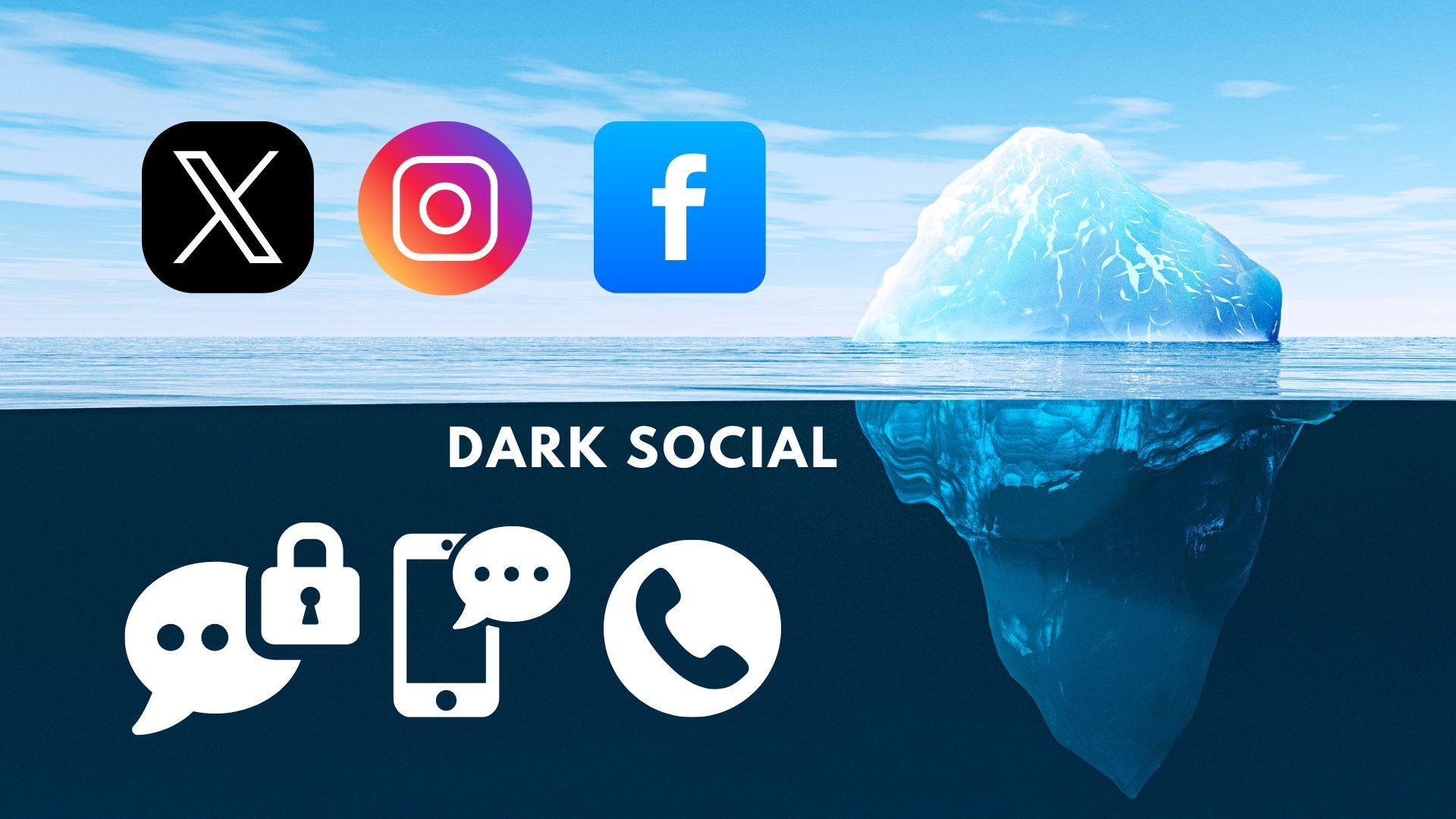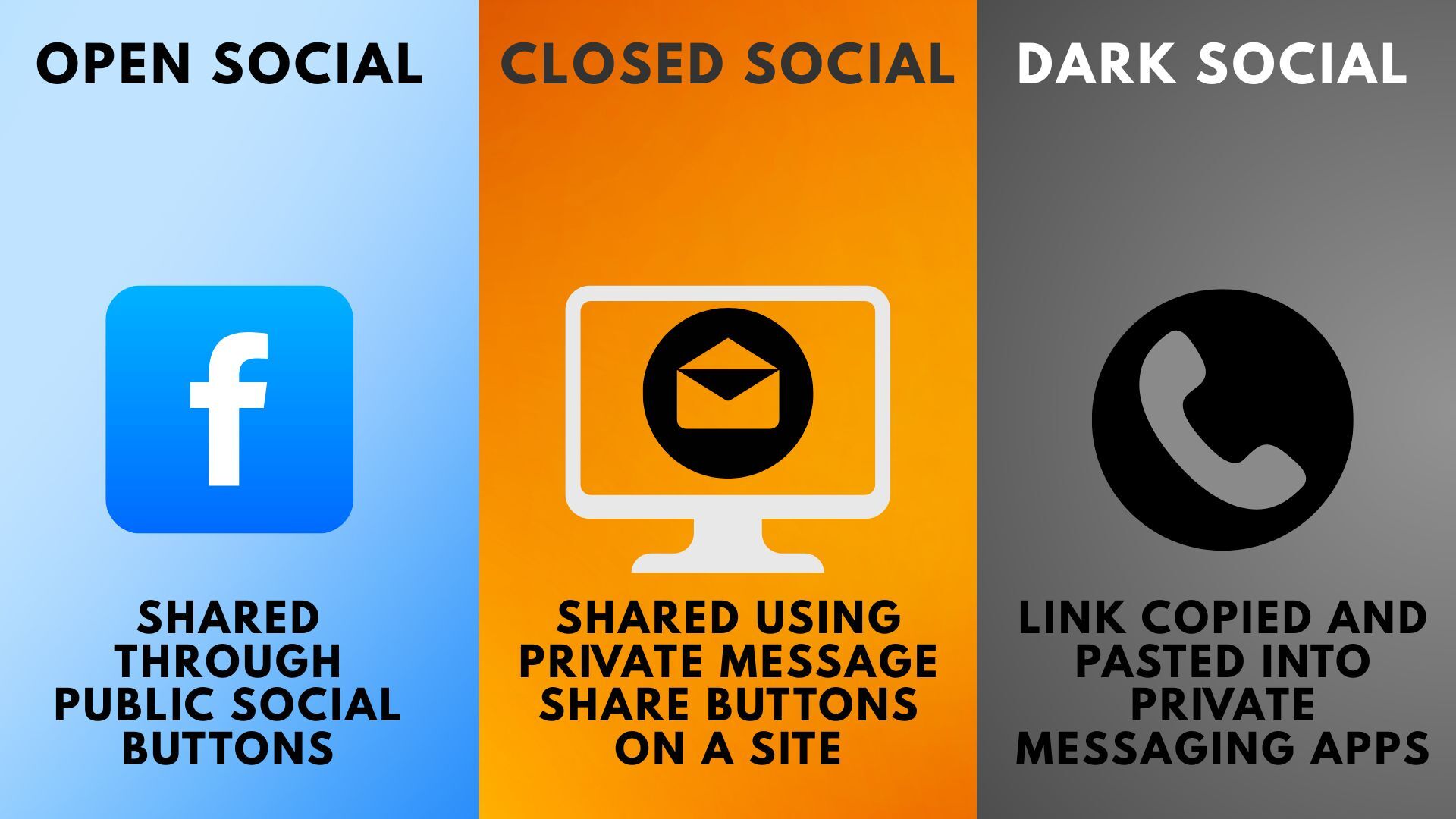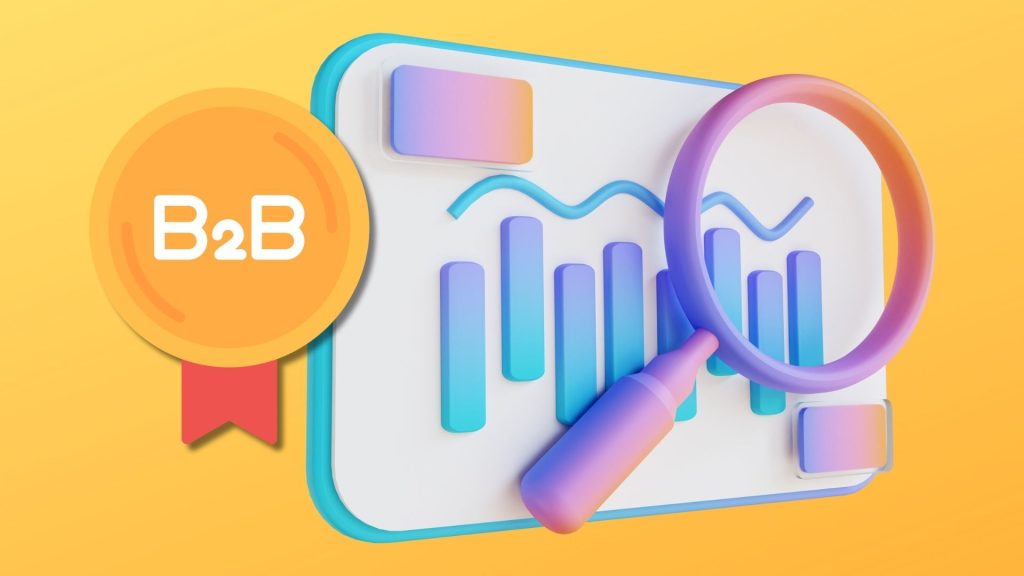What is Dark Social in Digital Marketing And How To Measure It?

Dark social is quietly reshaping digital marketing. While likes and shares on public platforms are easy to track, much of the way people share content—through private messages, texts, and emails—happens out of sight. To truly understand your reach and customer engagement, it’s important to grasp how dark social works.
In this article, we’ll break down what dark social means, why it matters, and how you can adjust your marketing strategy. You’ll discover how it affects your web traffic, why it creates gaps in your data, and what tools can help you track and make the most of these hidden interactions.
Key Takeaway:
Dark social refers to private content sharing through channels like messaging apps, emails, and DMs that escape standard analytics. It obscures much of your referral traffic, making measurement and attribution difficult. Having strategies to identify, track, and encourage shareable, high-value content is key to harnessing dark social’s power.
What Is Dark Social?
Dark social describes the sharing of content through private communication channels.
Examples include:
- Messaging apps (WhatsApp, Messenger, Telegram)
- Email forwards
- SMS or text messages
- Private DMs on social platforms
Unlike traditional social sharing, dark social interactions do not provide referral data, so they show up in analytics tools as “direct” or “unknown” traffic—even when the visit actually came from a personal link shared in a private chat. Alexis C. Madrigal first coined the term “dark social” in 2012 to categorize these invisible online exchanges.
Why Does Dark Social Matter?
Modern consumers prefer privacy for sharing: up to 84% of online content sharing may occur via dark social channels. This silent majority of traffic signals that marketers are often missing the true scope of their reach. Dark social’s influence is often strongest among the most engaged readers or customers, amplifying trusted, word-of-mouth recommendations—but going untracked.
The Impact of Dark Social on Digital Marketing
Dark social presents a major challenge in digital marketing by obscuring the true source of traffic and engagement. Most analytics platforms misclassify visits from private shares as direct traffic, leading to skewed data that undermines strategic decision-making and budget allocation. As a result, marketers often underestimate the effectiveness of content or campaigns, miss valuable targeting opportunities, and struggle to prove ROI.
Compounding this issue is a shift in user behavior: consumers are increasingly favoring private, closed networks and apps over public platforms to share content, make recommendations, and offer feedback. These intimate communication channels create a significant visibility gap, depriving marketers of transparent engagement data and leaving a critical blind spot in measuring campaign success.

How to Identify and Track Dark Social Traffic
Although dark social isn’t fully trackable, there are strategies to estimate and harness its impact:
1. Use UTM Parameters for Links
Add Universal Transverse Mercator (UTM) tags to your links—even those promoted within emails and messaging channels. These parameters let you identify source and medium in your analytics, making dark social activity more visible when people share those links privately.
2. Utilize Shortened and Branded URLs
Tools like Bitly or Rebrandly allow you to customize and shorten links. This not only makes sharing easier but also helps capture click data when those links are spread via dark social.
3. Segment “Direct” Traffic
Create advanced segments in Google Analytics to filter out truly direct visits (like homepage entries) from likely dark social visits (direct visits to deep content). This isolates and quantifies your “invisible” traffic.
4. Encourage Shareable Content
Design content—like infographics, quotes, and tips—that’s easy to copy or share in private conversations. Include “Share via WhatsApp” or “Email this” buttons to capture more tracked shares.
5. Use Social Listening and Surveys
Monitor brand mentions where possible, and ask users how they found or shared your content through surveys or feedback forms. While not comprehensive, this provides qualitative insights into private sharing habits.
| Challenge | Solution(s) | Benefit |
| Untraceable shares | UTM parameters, URL shorteners | Improved attribution and analytics |
| Data attribution blindness | Segment analytics, audience surveys | Clearer measurement of dark social’s true impact |
| Missed engagement | Sharable, high-value content, share CTAs | Boosted brand awareness and private recommendations |
| Privacy & regulation | Respectful tracking, transparent policies | Builds user trust and complies with data guidelines |
Conclusion
Dark social is not a passing trend—it’s a dominant force shaping the modern digital marketing landscape. While it limits marketers’ visibility into user behavior, it also reflects authentic, peer-driven sharing. By accounting for dark social in your analytics, refining your content to promote private sharing, and leveraging the right tools, you can better understand your true audience reach—and build trust in an age of privacy-first engagement.
However, marketers must balance the need for measurement with respect for user privacy. Avoid invasive tracking; instead, focus on transparent data collection and opt-in feedback methods. Embracing the realities of dark social means fostering genuine brand advocacy—even if not every share is visible.


